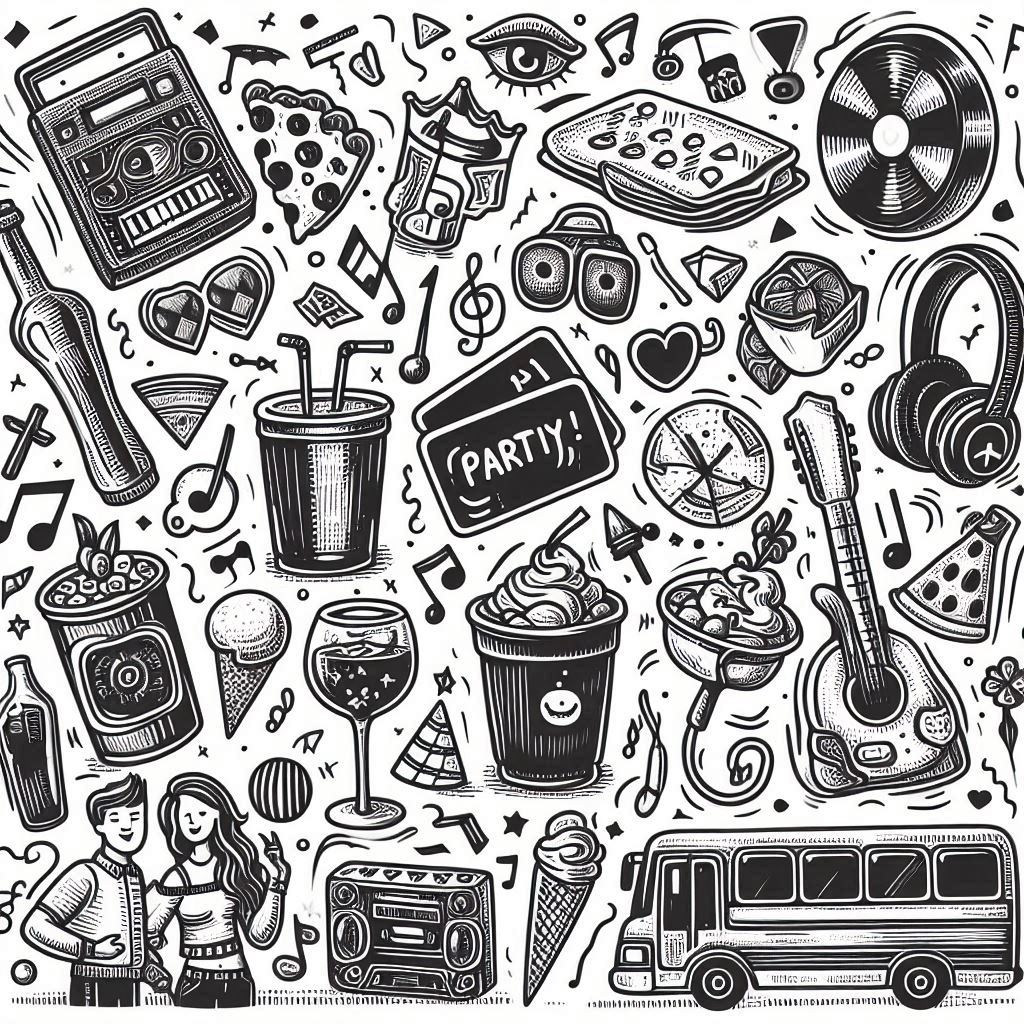On the surface, chauffeurs and drivers perform similar roles, both responsible for transporting passengers to their destinations. However, the distinction between the two lies in the level of service and professionalism. Drivers typically focus on getting from point A to point B, while chauffeurs provide a more luxurious, personalized experience, often including additional services like opening doors, assisting with luggage, and ensuring a comfortable, seamless journey. There are notable differences between these two roles in terms of the services provided, licensing requirements, working conditions, and more.
While drivers transport all types of passengers in taxis, buses, trucks, and other vehicles, chauffeurs provide more personalized, luxurious experiences driving affluent clients in high-end sedans or limousines. let’s learn more in detail:
Table of Contents:
ToggleWhat is a Driver?
A driver is someone who operates a vehicle (taxi, bus, car) to transport passengers from a destination to another. The role of a driver can be casual, simply they drive to a location for pickup and drop safely and efficiently, without necessarily offering extra services beyond transportation. However, a chauffeur’s job comes with extra role.
What is a Chauffeur?
A chauffeur is a professional driver who provides a higher level of service, often driving luxury vehicles. Beyond just getting passengers to their destination, chauffeurs offer personalized service, such as opening doors, assisting with luggage, and ensuring a comfortable journey. They are often hired for special occasions, business transport, and for clients seeking a more refined travel experience. More details are give below, continue to read to discover more about a chauffeur’s role and differences between chauffeur and driver.
What is the Difference Between Chauffeur and Driver?
One main difference between chauffeur and driver is their duty. The duties of a chauffeur extend beyond simply driving, they are trained to provide excellent customer service like opening doors, handling luggage, and being knowledgeable about routes, venues, and local areas. In simple, the responsibilities of drivers focus more heavily on following schedules and safety protocols to transport passengers efficiently.
Let’s learn some of the key points that differentiate a chauffeur and a driver in detail below:
Duties and Responsibilities
A chauffeur’s responsibilities align with providing an exceptional luxury chauffeur service experience. Chauffeurs take great pride in providing polished, professional transportation services to their clients. Though their primary duty is safely operating luxury vehicles, chauffeurs also perform a variety of customer service-oriented responsibilities. This includes:
- Transport affluent clients or groups in luxury vehicles such as limousines, executive sedans, and high-end SUVs
- Keep vehicles clean, well-maintained, and running properly
- Maintain a professional appearance with neat attire and grooming
- Provide excellent customer service by opening doors, handling luggage, and making ride comfortable
- Plan efficient routes and use knowledge of area to avoid traffic
- Be familiar with local venues, events, and points of interest in case clients ask
- Follow all traffic laws and drive safely and responsibly
- Work for private car or limo companies providing transportation services
- Transport executives for business purposes or clients for special occasions
- Remain alert and attentive to passenger needs during entire ride
Training and Licensing
Chauffeurs do not have universal licensing requirements, as standards vary based on location. Some chauffeurs complete formal training programs to learn industry regulations as well as customer service skills. Most employers require chauffeurs to have a clean driving record and a valid standard driver’s license. Chauffeurs may undergo additional specialized training provided by their car or limousine service company related to operating luxury vehicles, following service protocols, and delivering excellent customer service.
In contrast, drivers must obtain specific licenses for the type of vehicle they operate. Commercial drivers are required to earn a Commercial Driver’s License (CDL) by passing written exams and road tests. Taxi and rideshare drivers must meet licensing requirements set by their city or state. Bus drivers undergo training programs to learn passenger safety procedures. Ambulance drivers receive emergency vehicle training. The training and licensing mandates for drivers focus more on safe technical operation of vehicles.
Customer Services
Chauffeurs are extensively trained to provide exceptional customer service to luxury clients. Their service must align with the polished brand image of high-end transportation companies. Chauffeurs are expected to be prompt, professional, and friendly at all times. They greet passengers, stow luggage, and ensure comfort throughout the ride. Chauffeurs possess extensive knowledge about local venues and routes to best serve passengers. They understand client discretion and privacy are paramount. Their customer service focuses on anticipating needs, delivering personalized experiences, and representing their employer with refinement.
While, drivers have varying degrees of passenger interaction based on their role. Taxi, rideshare, shuttle, and bus drivers most frequently engage with passengers. They transport customers safely and efficiently, though have less extensive customer service duties than chauffeurs.
Working Condition
Chauffeurs must be available to drive clients at various scheduled times or on-demand. Their schedules can be irregular compared to other driving jobs. Chauffeurs may experience extended periods of waiting in between transporting affluent clients. They typically work alone and spend most of their shift driving or waiting with the vehicle. The working conditions are relatively comfortable, as they drive new luxury vehicles. However, work hours depend entirely on client transportation needs so chauffeurs must be on call.
On the other hand, drivers tend to have more regular schedules and routines on the job. Taxi drivers work shifts transporting fares upon request. Bus drivers operate on fixed schedules moving passengers along set routes. Truckers may drive very long distances overnight or for days across the country. These driving jobs also involve working cooperatively as part of a larger team. Drivers are in constant motion during work hours, whether following a route or responding to transportation requests. They experience more varied working conditions depending on their vehicle type and driving responsibilities.
Chauffeured Services in Miami?
A trained chauffeur provide professional service to all customers. The few services provided by chauffeur are:
- Wedding Limo Service
- Prom nights party bus
- Birthday parties
- Airport shuttle service
- Corporate transfer services
- Funeral
- Quinceanera party bus and limo
- Bachelor and Bachelorette Party
Conclusion
In conclusion, chauffeurs provide luxury experiences driving affluent clients in high-end vehicles, while exercising extensive customer service that comes with higher chauffeur service fees. Drivers transport all types of passengers based on schedules and transportation needs, interacting less extensively with clients. Both roles require specialized licenses and training to safely operate vehicles.
However, chauffeurs focus more on refined service, while drivers emphasize efficient transportation and following protocols. The premium experience offered by chauffeurs accounts for the difference in chauffeur service fees compared to standard driver wages.
We offer party bus rental service in Miami with experienced chauffeur to make your ride professional, friendly, and satisfying. Our chauffeurs/drivers are experienced, licensed and well trained.






